A Pair of Anniversaries: Activities for Educators
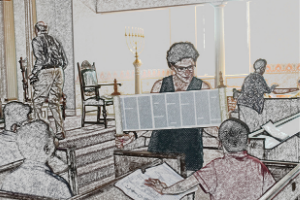
Dear Educators,
This week marks two anniversaries – the 50th anniversary of Earth Day and Yom HaShoah, or Holocaust Remembrance Day. While they may not appear to be connected at first, both anniversaries provide an opportunity to teach about what it means to be an Upstander.
An Upstander is the opposite of a bystander. An Upstander is someone who sees a problem and works to solve it. They know when something is wrong, and they stand up for what’s right. These types of people practice the Jewish value of Gemilut Chasadim, or גְּמִילוּת חֲסָדִים in Hebrew, which means Loving Kindness. Upstanders were instrumental in helping to save the lives of Jewish people during the Holocaust, acting opposite of bystanders. Today, climate change activists play the role of Upstanders, challenging current structures to try and save the planet, and encouraging others to become Upstanders.
As we face this new, confusing time, being an Upstander and practicing loving kindness is especially important to keep our communities strong and vibrant. We are here to support you with ideas and resources that can help your students connect to stories of Upstanders and encourage students to practice Gemilut Chasadim in their communities.
This is a wonderful opportunity to continue the meaningful work you do of teaching students about empathy, inclusion, and respect for the environment and humanity.
HOLOCAUST MEMORY PROJECT
As part of our Yom HaShoah (also known as Holocaust Remembrance Day) observance, JMM has created a digital gallery of our Holocaust Memory Reconstruction Project. These moving collages, created by Holocaust survivors and their families, were originally displayed during our Remembering Auschwitz: History, Holocaust, Humanity exhibit in 2017, as well as published in a book of the same name. We invite you to explore these collages and their accompanying stories here.
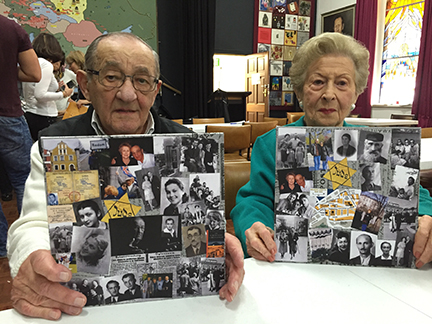
Activity: Everyone’s Experience is Unique
One lesson we’ve learned from this project is that the experiences of our local community of Holocaust survivors are diverse. There are more than a dozen countries of birth represented by the collages. Invite students to explore the colleges and select three from the same country. We suggest Czechoslovakia, Germany, Poland, Hungary, or Romania. Students should look at the colleges and read the stories. How are the experiences of those individuals/families the same? How are they different? Encourage students to learn about the context of these stories by researching their country on the USHMM Holocaust Encyclopedia.

Invite students to reflect on their personal experiences. Have them select one experience that they are comfortable sharing, which represents an important moment in their life. Have students share their stories and lead a discussion about how even when students are part of the same community, their experiences are diverse. After exploring the collages, ask students to create a college that commemorates that moment in their lives. What materials will they use to make their collage? What words do they want to include in the collage? What pictures or images will they use? Find a way to display the collages, so that other classmates can view them, as well as a short retelling of their stories.
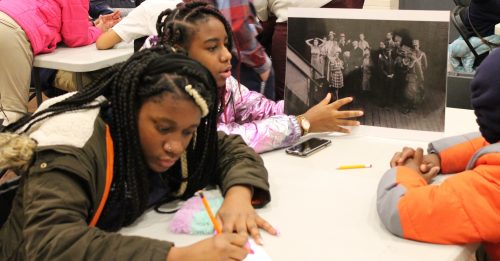
An important part of observing Yom HaShoah is remembering those who worked to be Upstanders during that terrible time, through protecting or helping others. Encourage students to explore USHMM’s Resistance stories, both Jewish and Non-Jewish. Ask students what might prevent people from acting? Ask students to think about injustices today and what actions people might take? Facing History and Teaching Tolerance are great places to start. For further engagement, have students write an interview with a selected individual, and present this interview to the rest of the class.
UPSTANDERS

Activity: Defining Upstanders
Ask your students what it means to be an upstander. Build a definition using their thoughts and ideas. What qualities or traits does an Upstander have? What does an Upstander do? Compare the definition your students create with ours. How do your students relate to this definition? Do they know someone who they think is an Upstander? Do they see themselves as being an Upstander? What could they do to become an Upstander?
Activity: Historic Upstanders
Explore upstanders throughout history. Have students research people from the past who can be considered upstanders. Have students share their person and why they believe that person is a historic upstander. Here is a great place to start.
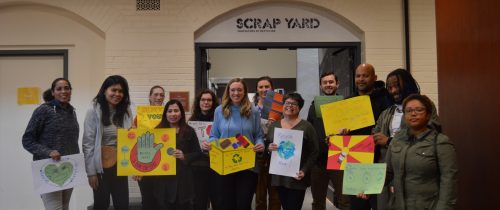
Practice being an upstander with your students. Encourage students to become upstanders by sharing ideas of things they can do or say. You can get started with some activities that our team has put together in a family activity pack on Becoming an Upstander. Looking for more ways to practice being an Upstander? Visit Jewish Volunteer Connection, our partner in our Upstanders program, for volunteer activities to support your community. Maybe the class can create bookmarks to donate and to promote a love of reading for themselves.
In connection with Earth Day and our Scrap Yard: Innovators of Recycling exhibit, consider introducing the concept of upcycling to your students as a way to redesign or repurpose an existing item to minimize waste and trash and to take care of the environment. Or use our poster activity to spread awareness about caring for the earth.
WONDERNAUTS: April is Citizen Science Month
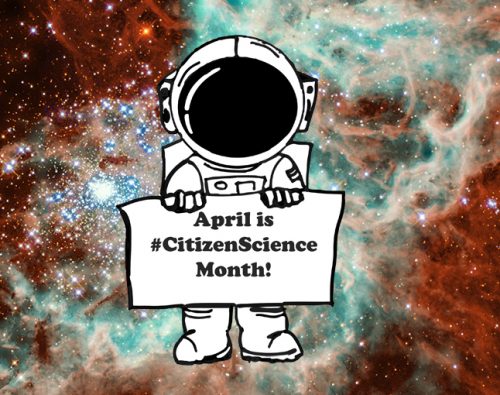
Looking for other hands-on activities related to space? Check out our Wondernauts website.
For more posts from Paige Woodhouse, School Program Coordinator, click here.
For more education newsletters, click here.
